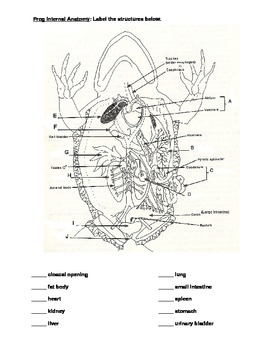

Compare and contrast each group’s list of the characteristics of life.Here are some possible discussion questions, with sentence starters: The Characteristics of Life lists created by the student groups are a good place to start a class discussion the next day and practice consensus-building.I give detailed feedback based on their choices. To assess their work, I often have student groups circle what they think is their strongest observation-inference link (you could also have them jot down why they chose it).Otherwise, I would end up with a bunch of traced images of the diagrams that look nothing like the frog that they are actually dissecting. There are diagrams provided in the links above, but I try not to distribute them until after they have attempted their own drawings.What other senses can you use to describe your frog? What can you infer about your frog based on observations using these senses?.What can you measure about your frog? What can you infer about your frog based on those measurements?.Pre-lab discussion questions (Think-Pair-Share).They can return to work with their groups to create the list of characteristics of life.

If that doesn’t work for them, they can go to another room with computer access to do a virtual frog dissection instead. If students are uncomfortable with dissections, I first ask whether they are OK with being in the room and recording observations while their group members touch the frogs and do the cutting.Because this is one of our first labs of the year, I spend a lot of time discussing safety and expectations and group roles before we start, as well as respect for the materials being used, including the frog.quantitative observations before you begin the lab.

Start the school year with a bang: this dissection helps students practice their lab and safety skills, make detailed observations (qualitative and quantitative), practice group work, and begin to think about the characteristics of life.


 0 kommentar(er)
0 kommentar(er)
